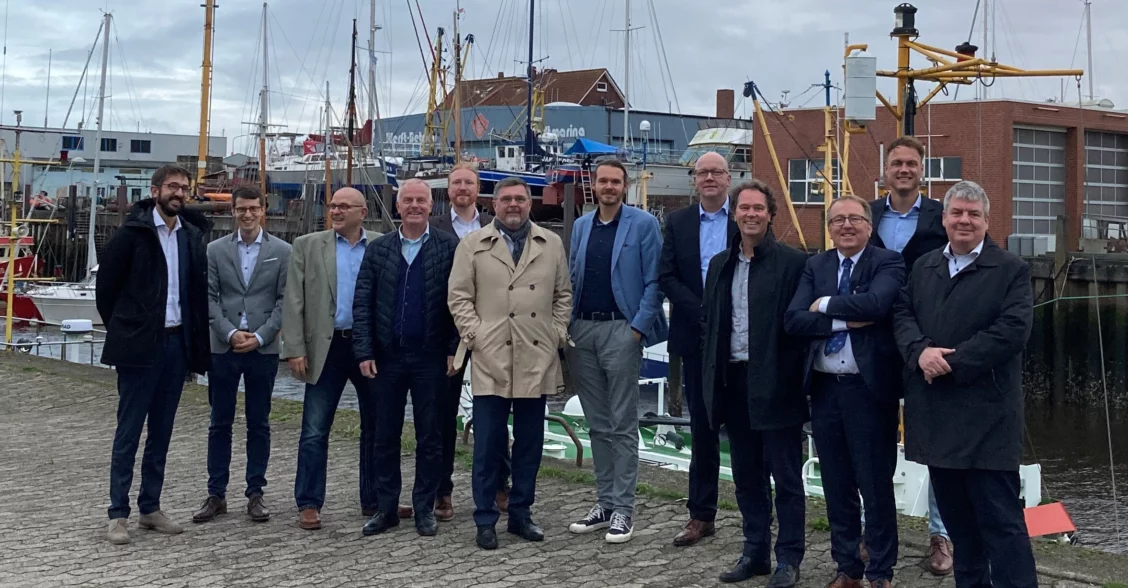Europe’s leading wind ports are now ready to take the next step on their AI journeys in order to optimise their green transition. Port Esbjerg is no longer the only port to use a digital twin to maximise capacity. Several other wind ports have also developed digital twins, and in future, they will be communicating across national borders.
At the end of October, representatives of Port Esbjerg met with colleagues from other wind ports at Cuxhaven, Germany, as part of the collaboration of wind ports that began earlier this year.
The other partners of the alliance are Port of Ostend (Belgium), Groningen Seaports/Eemshaven (the Netherlands), Niedersachsen Ports/Cuxhaven (Germany), Nantes-Saint Nazaire Port (France) and Humber (the UK).
At the meeting, the parties decided to collaborate even more closely to exploit the opportunities provided by AI.
Port Esbjerg has had a digital twin made of the port, which has enabled it to treble its offshore wind capacity without actually using any additional space.
Several of the other ports in the collaboration have now also developed digital twins, and the plan is for the digital twins to work together across national borders to further optimise operations and for all the ports to become involved.
“The very high ambitions for installing offshore wind in the EU means that we’ve got to speed up. The Esbjerg Declaration proves that transboundary collaboration is the way forward, and that’s why we’re expanding our collaboration, so we can accelerate the process. We’re making headway, but we still don’t have enough capacity,” says Dennis Jul Pedersen, CEO of Port Esbjerg.
Go to overview

